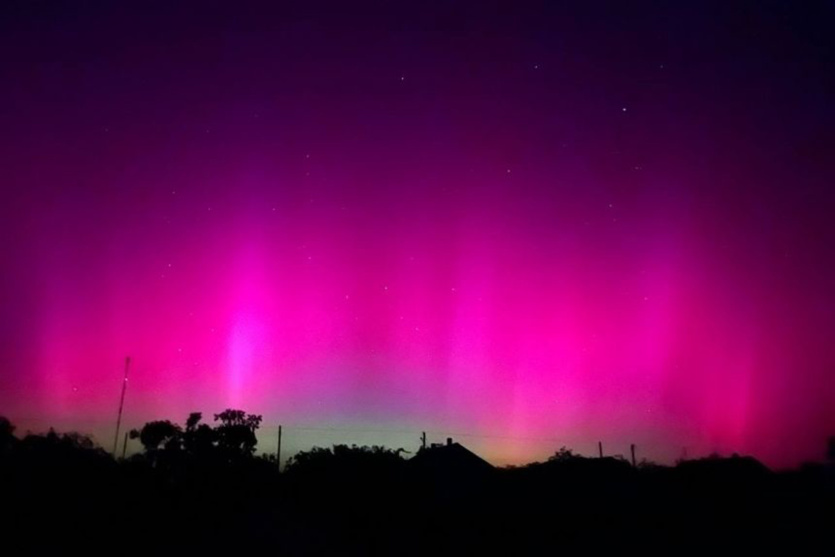
The powerful geomagnetic storm that led to a night of aurora borealis on Friday across much of Europe and the United States and disrupted Starlink and GPS will continue until at least Sunday. The Space Weather Prediction Center at the US National Oceanic and Atmospheric Prediction Center notes that as of Saturday morning, G5 extreme conditions continue due to increased solar activity.
«The threat of additional strong flares and coronal mass ejections will remain until the large sunspot cluster disappears from view over the next few days», the agency reports.
For many observers on Friday night, the increased solar activity was positive. Large areas that are not accustomed to the aurora borealis saw bright lights as energetically charged particles from the solar storm passed through the Earth’s atmosphere. Given the forecast for prolonged solar activity, the northern lights will be seen again on Saturday.
There were also harmful effects: according to NOAA, there were some disruptions in power transmission, satellite communications, and GPS. Starlink Internet users report slower download speeds. On Saturday, SpaceX founder Elon Musk said that Starlink’s satellites are under heavy load, but are still holding up.
This is the strongest solar storm recorded in more than two decades. The last G5 event occurred in October 2003, when power problems were reported in Sweden and South Africa. Scientists say that if the magnetic storm intensifies over the next day or two, there is a risk of wider power outages, satellite inoperability, and long-term damage to GPS networks.
Such storms occur when the Sun ejects a significant amount of its magnetic field and plasma in the form of solar wind, and the causes of these coronal mass ejections are not fully understood. It is hoped that the data collected by NASA’s Parker Solar Probe and other observations will help scientists better understand and predict such phenomena.
When coronal mass ejections reach the Earth’s magnetic field, they change it and can cause significant currents in power lines and transformers, leading to damage or blackouts. The strongest geomagnetic storm occurred in 1859 during the so-called Carrington event. The aurora borealis was observed all over the world, and the magnetic storm caused fires at many telegraph stations — there were 125,000 miles of telegraph lines in the world at the time. Fortunately, there were relatively few electrical appliances in the world at the time.
Source: Ars Technica

Spelling error report
The following text will be sent to our editors: